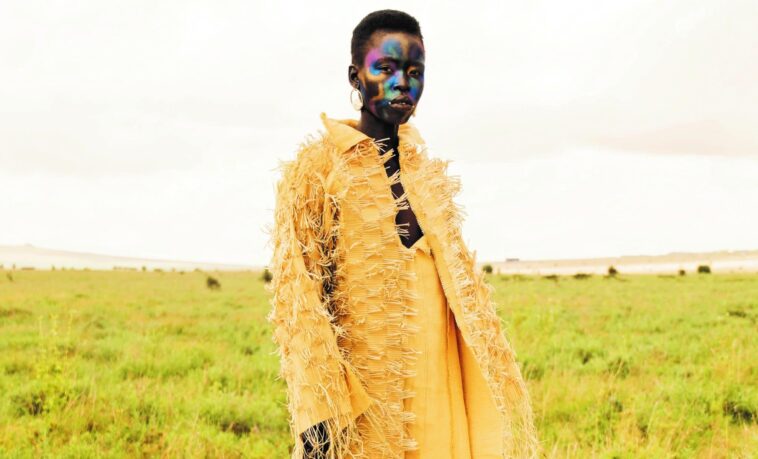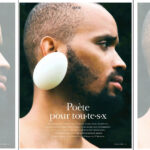In the UK’s largest exhibition of African fashion, and for the first time, London’s Victoria and Albert Museum, mostly known as the V&A opens up to Africa’s top designers in a fashion exhibition that focuses on the history of the continents fashion and art. The landmark exhibition “Africa Fashion” features objects, sketches, textiles, photographs and films from across the continent —exploring design from the African liberation years from the 1950s to the 1980s, as well up-and-coming contemporary designers.

Lead curator Christine Checinska says the exhibition is part of the V&A’s ongoing commitment to foreground work by African heritage creatives. The show which aims to provide a glimpse into the glamour and politics of the African fashion scene celebrates the amazing African fashion scene today. “The creativity of all the designers, stylists, photographers, and looking at the inspiration behind that” said Elisabeth Murray to the AFP press agency.
Founded in 1852, the V&A Museum’s history is closely linked to colonialism, as some of its collections were established at the time, as Queen Victoria expanded its global empire — including in Africa.
The Asian collections, for example, include exhibits that date back to the India Museum established by the East India Company in 1801.

African fashion is political
The exhibition is divided into different sections — with names like “Afrotopia,” “Cutting-Edge” and “Mixology.” The sections deal with topics such as sustainability, gender, race, sexual identity or politics. The first section, “African Cultural Renaissance” highlights protest posters and literature from the African independence movements. They are shown in the context of the fashion of the time.
Clothing in Africa always had a political aspect to it, as knew Ghanaian Prime Minister Kwame Nkrumah, who proclaimed the country’s independence in 1957, making it the first Black African colony to do so. He also symbolically traded European suits for traditional smocks made of the colorful Kente cloth.

African fabrics are unique
“The Vanguard,” central attraction of the exhibition, showcases the works of pioneers of modern African design. On display are designs by Alphadi from Niger, Shade Thomas-Fahm from Nigeria and Kofi Ansah from Ghana. They experimented with African textiles and styles such as beading, creating innovative designs with cross-cultural influences.
Thomas-Fahm’s designs, for example, reinvented traditional African dress for the “cosmopolitan, working woman.” Another highlight of “Africa Fashion” is Moroccan designer Artsi’s custom design inspired by a British trench coat and a Muslim hijab. The design is meant to raise questions about how to “present Africa in England,” Artsi told AFP.
These are precisely the questions “Africa Fashion” aims to raise. It wants to stimulate a timely discourse on how Britain’s colonial history should be dealt with in art.

Africa Fashion will showcase the work of 45 designers from over 20 countries. Accompanying a book filled with contributions from notable figures such as Orange Culture’s Adebayo Oke-Lawal and art historian Gus Casely-Hayford. This exhibition is a celebration the irresistible creativity, ingenuity and unstoppable global impact of contemporary African creatives and their work.




It’s really a cool and helpful piece of information. I
am satisfied that you simply shared this useful info with us.
Please keep us up to date like this. Thank you for sharing.